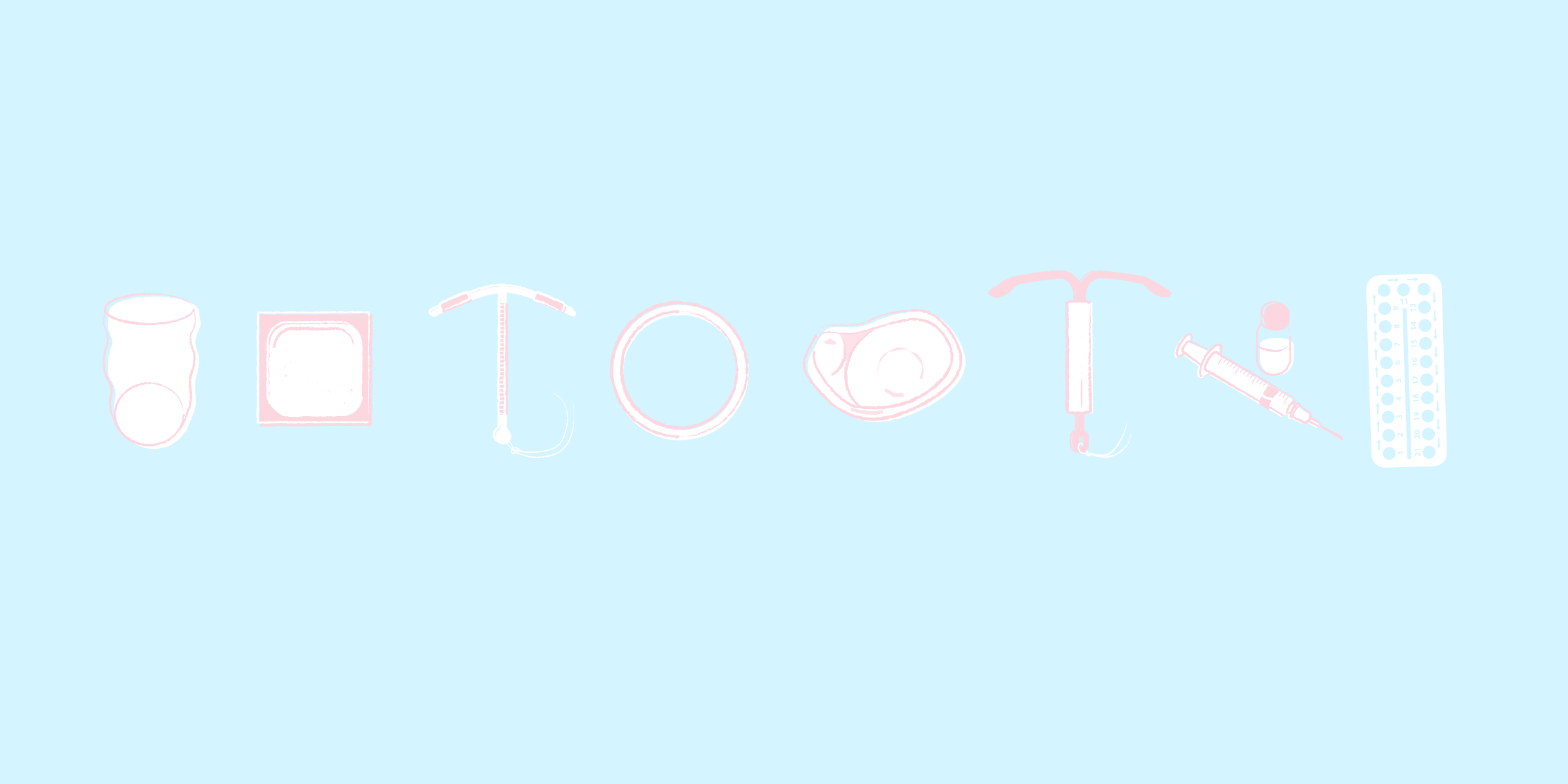Key Takeaways
- Während Frauen* einige Möglichkeiten für eine geeignete Verhütung zur Verfügung stehen, haben Männer* derzeit die Auswahl zwischen Kondomen und einer Vasektomie.
- Eine Vasektomie kann für Männer*, die die Familienplanung bereits abgeschlossen haben oder keine Kinder möchten, eine interessante Option darstellen.
- Wir klären auf, was die Vor- und Nachteile der Methode sind und was nach einer Vasektomie beachtet werden muss.
When it comes to contraception, most people first think of methods for women*, such as the pill or intrauterine devices (IUDs). However, there is also a permanent solution for men*: vasectomy. In this article, we provide a comprehensive overview of vasectomy, including its safety, associated risks and benefits, as well as alternatives.
What is a Vasectomy?
A vasectomy is a surgical procedure in which the vas deferens—the tubes that transport sperm cells from the testicles to the urethra—are cut or blocked. This prevents sperm from being released during ejaculation, drastically reducing the chance of pregnancy. It is a permanent form of contraception and should only be considered if a man* is certain that he does not want to have more children.
Risks and Complications of Vasectomy
Although vasectomy is considered a safe procedure, there are some risks and potential complications that should be taken into account. These include infection, bruising, swelling, and, more rarely, post-vasectomy pain syndrome, in which some men* experience persistent pain or discomfort. Psychological effects such as regret may also occur.
How Much Does a Vasectomy Cost in Germany?
The cost of a vasectomy in Germany can vary depending on location, clinic, and physician. However, there are some general guidelines that give an idea of the financial aspects of this procedure.
In most cases, patients must cover the costs themselves, as vasectomy is generally not covered by statutory health insurance. The price usually ranges between 300 and 800 euros. This typically includes medical consultation, the procedure itself, and follow-up care. It is advisable to clarify the exact costs with the clinic in advance, as they can vary.
It is also important to note that additional costs may arise for semen analyses after the vasectomy to confirm sterility. These tests are crucial to ensure that no sperm are present in the ejaculate.
Safety of Vasectomy
A successful vasectomy is extremely safe and reliable. The likelihood of pregnancy after a successful vasectomy is less than one percent. The changes in semen are minimal, as color, consistency, and volume usually remain the same. The only significant change is that the ejaculate no longer contains sperm.
Alternatives to Vasectomy
There are several alternatives to vasectomy, including condoms, hormonal contraceptives for women*, female sterilization, natural methods, and non-hormonal IUDs. The best choice depends on individual needs and circumstances.
Overall, vasectomy is an effective and safe method of contraception for men* who are certain that they do not want to have more children. However, it is important to be well informed about the pros and cons, to seek thorough medical counseling, and to ensure that the decision is well considered. The safety and effectiveness of vasectomy make it an attractive option for many couples.
How Should I Take Care of Myself After a Vasectomy?
The period after a vasectomy requires special care and attention to support recovery and minimize possible complications. The following steps and behaviors should be observed after the procedure.
Rest and recovery:
After vasectomy, it is advisable to take sufficient time to rest. Avoid strenuous physical activities, especially heavy lifting and intense exercise, during the first few days after the procedure. Rest supports healing and minimizes the risk of complications.
Cooling:
Applying an ice pack or cold compress to the scrotal area can reduce swelling and pain. Do not place the ice pack directly on the skin; wrap it in a clean cloth to avoid frostbite.
Pain relief:
Your doctor will likely prescribe or recommend pain medication to relieve postoperative discomfort. Follow the instructions for taking the medication carefully.
Supportive underwear:
Wearing tight-fitting underwear or a scrotal support can help support the area and provide comfort by applying gentle pressure.
Avoid sexual activity:
Sexual activity should be avoided for the first few days or weeks after vasectomy to prevent irritation or injury at the surgical site. Wait until your doctor gives you the go-ahead.
Semen analyses:
It is important to confirm sterility after vasectomy. Your doctor will tell you when to provide semen samples to ensure that no sperm remain in the ejaculate. Until sterility is confirmed, you should continue to use alternative contraceptive methods.
Awareness and mental health:
Some men* may experience psychological effects such as regret or uncertainty after vasectomy. It is important to discuss these feelings openly with your partner and, if necessary, with a therapist.
Note that recovery after vasectomy can vary from man* to man*. Follow your doctor’s instructions carefully and do not hesitate to contact medical staff if you have questions or concerns. With proper care and attention, most men* recover from vasectomy without complications.
Medically Reviewed
This text was created by medical editors on the basis of specialist medical literature and current studies. Our aim is to work scientifically, identify sources and regularly check that the content is up to date.
References & Literature
- Schmidt, J. (2023). Vasektomie bei kinderlosen Männern: Nur wenige bereuen den Eingriff später.
- Kreutzig-Langenfeld, T., Lellig, E., Hinz, P., & Zilg, F. (2021). Vasektomie. Aktuelle Informationen. Urologe, (4), 523-532.
- Weisek, W. H. (2004). Vasektomie–aktueller Stand. J Reproduktionsmed Endokrinol, 1, 222-7.





